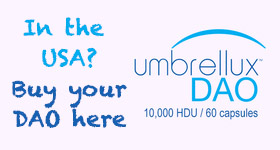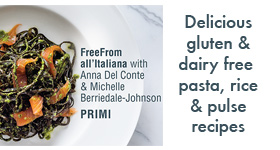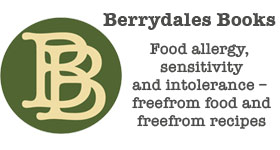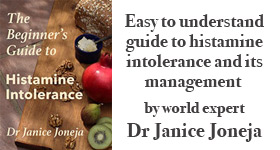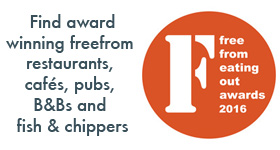In a study at the Johns Hopkins Hospital in
Baltimore 20 children with a known history of cow’s milk allergy, were split into an ‘active’ and a placebo group. The ‘active’ group was given increasing doses of cow’s milk, starting with 0.4mg and increasing, at half hourly intervals, to 50mg. Back at home they continued to increase the doses over an eight-week period,
up to 500mg (15ml milk) and then remained on that maintenance dose for 13 weeks.
Before treatment, nearly all the children reacted to 40mg of milk. After the treatment
the average cumulative milk dose causing a
reaction was 5140 mg (the lowest dose to cause a reaction was 1340mg), with no change in the placebo group. Enough, the investigators believe, to protect the children against the vast majority of accidental exposures to milk.
‘Adverse reactions were common,’
according to Dr Robert Wood who led the study, ‘but the risk of a severe reaction was,
we felt, acceptable. Despite the relatively high frequency of reactions of any type (45% of
active doses), nearly 90% were transient
reactions that required no treatment.’ Moreover, the threshold for reactions to milk increased in all the treated children. However,
it is not clear whether these children are now fully tolerant or just transiently desensitised and thus still at risk of future reactions.
For a full report
First published March 2009
More research on the management of cow's milk allergy
Top of page |


